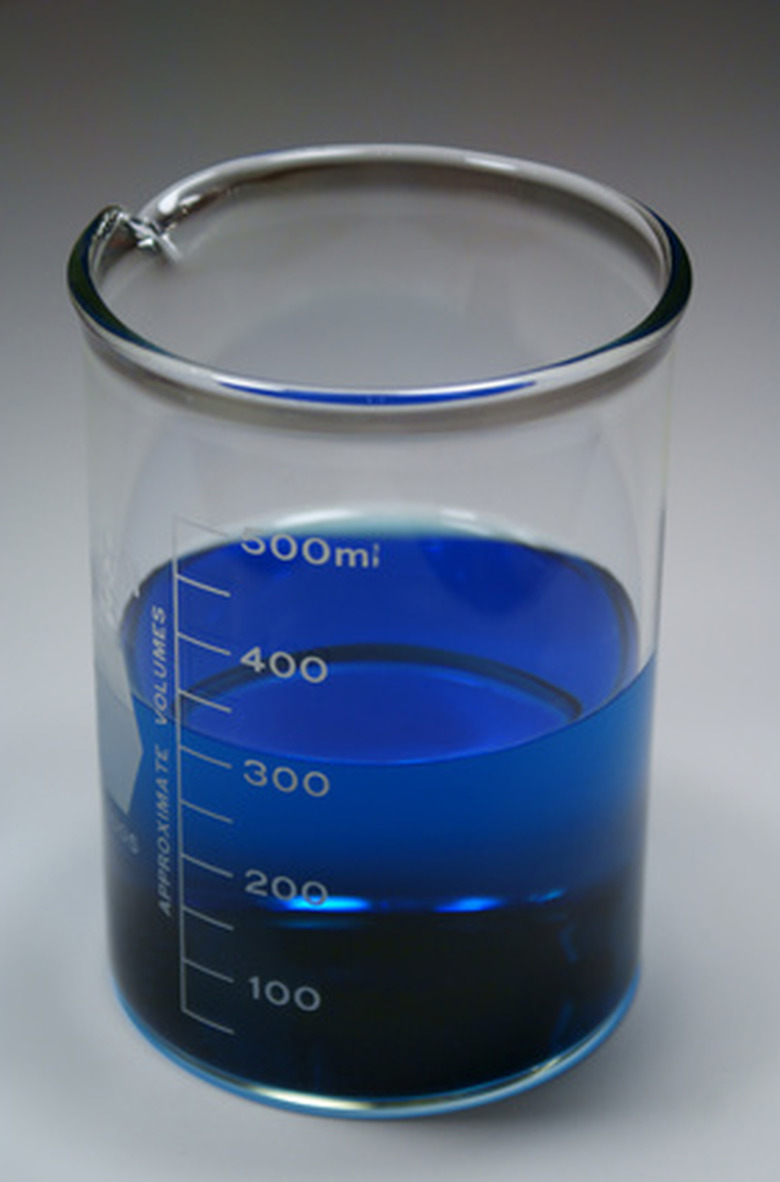How To Measure Conductivity In Liquid
The conductivity of a liquid is a measure of charged particles, called ions, that are free to move around. The conductivity itself is carried by the ions and the more ions there are in a solution the higher its the conductivity. A liquid solution consisting of compounds that completely break apart into ions have a high conductivity. Table salt NaCl dissolved in water is an example of a high conductive solution. As long as the solution is unsaturated, the salt will completely dissociate into sodium and chlorine atoms. To measure the conductivity you can use a conductivity meter.
Step 1
Wash thoroughly the 250 mL beaker and electrodes with distilled (deionized) water. Your measurements will be erroneous if these are not completely clean.
Step 2
Cover up any surfaces with newspaper to avoid surface damage on the tabletop, depending on what solution you are working with.
Step 3
Put the 250 mL beaker on the protected tabletop and add 100 mL of the solution.
Step 4
Place the electrodes from the conductivity meter into the solution. Make sure that the solution covers the sensory areas of the electrodes. Typically, this is only about 1/2 inch, but it varies with different makes and models.
Step 5
Give the meter 10 seconds to stabilize and then read the conductivity from the display on the conductivity meter.
Things Needed
- 100 mL solution
- Distilled water
- 250 mL beaker
- Conductivity meter
- Newspaper
TL;DR (Too Long; Didn't Read)
It is very important that the electrodes are washed with distilled water between each trial.
You should perform at least three experiments and find the average conductivity value.
Cite This Article
MLA
Nelson, Scott. "How To Measure Conductivity In Liquid" sciencing.com, https://www.sciencing.com/measure-conductivity-liquid-6151892/. 24 April 2017.
APA
Nelson, Scott. (2017, April 24). How To Measure Conductivity In Liquid. sciencing.com. Retrieved from https://www.sciencing.com/measure-conductivity-liquid-6151892/
Chicago
Nelson, Scott. How To Measure Conductivity In Liquid last modified March 24, 2022. https://www.sciencing.com/measure-conductivity-liquid-6151892/
